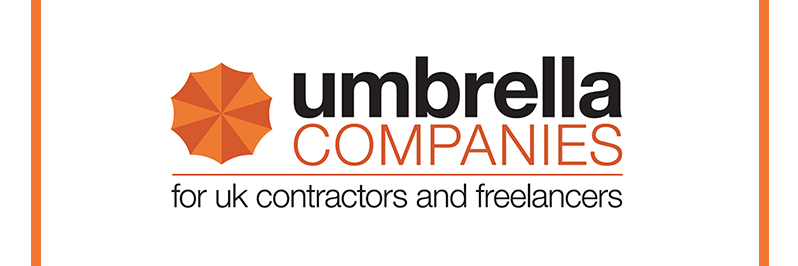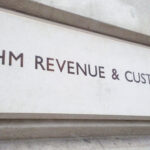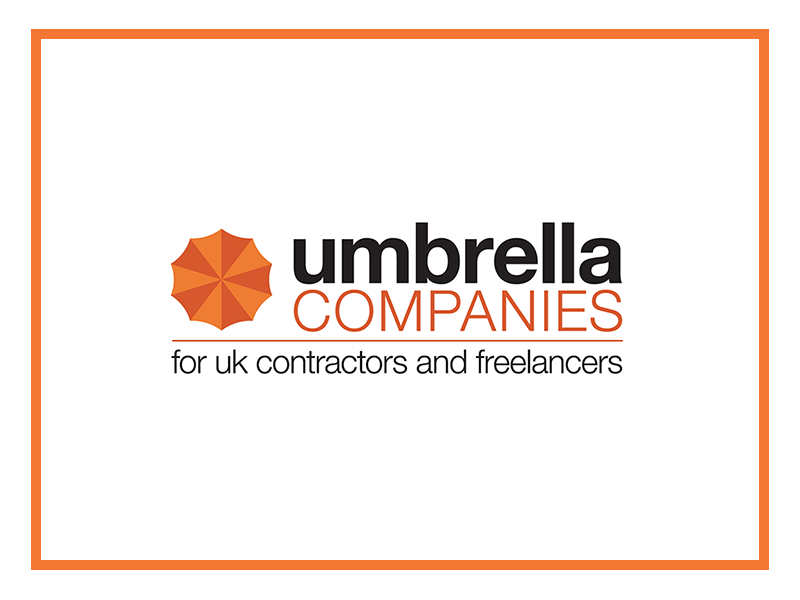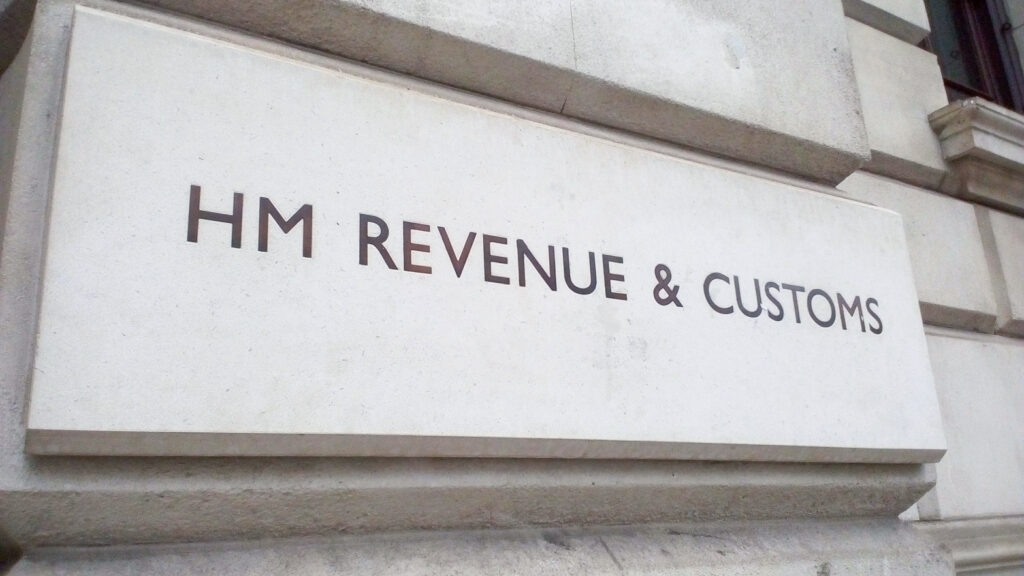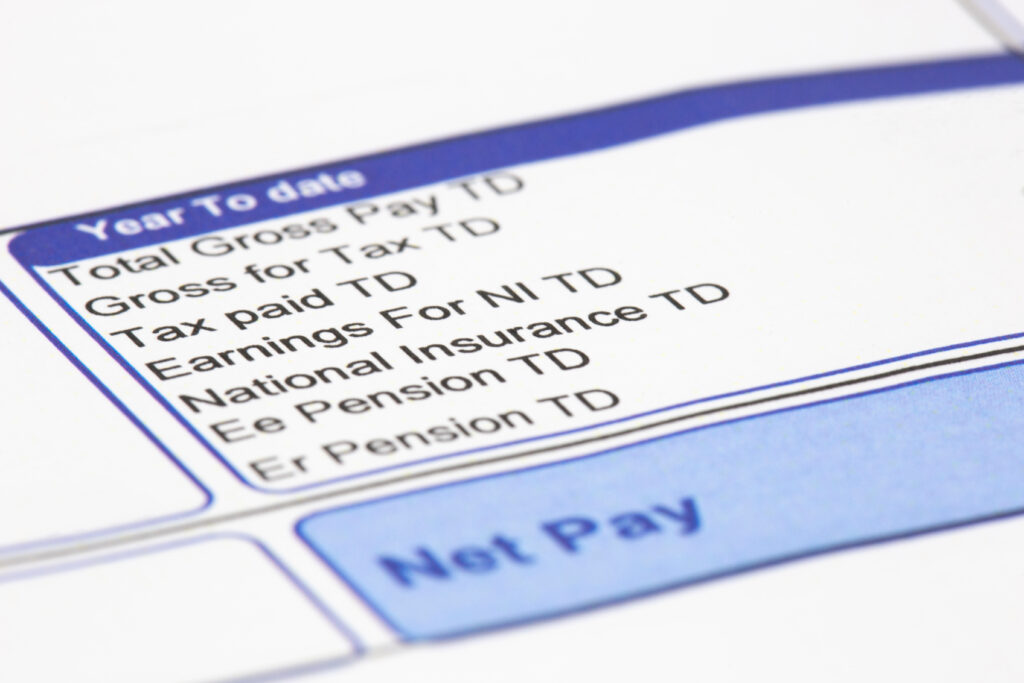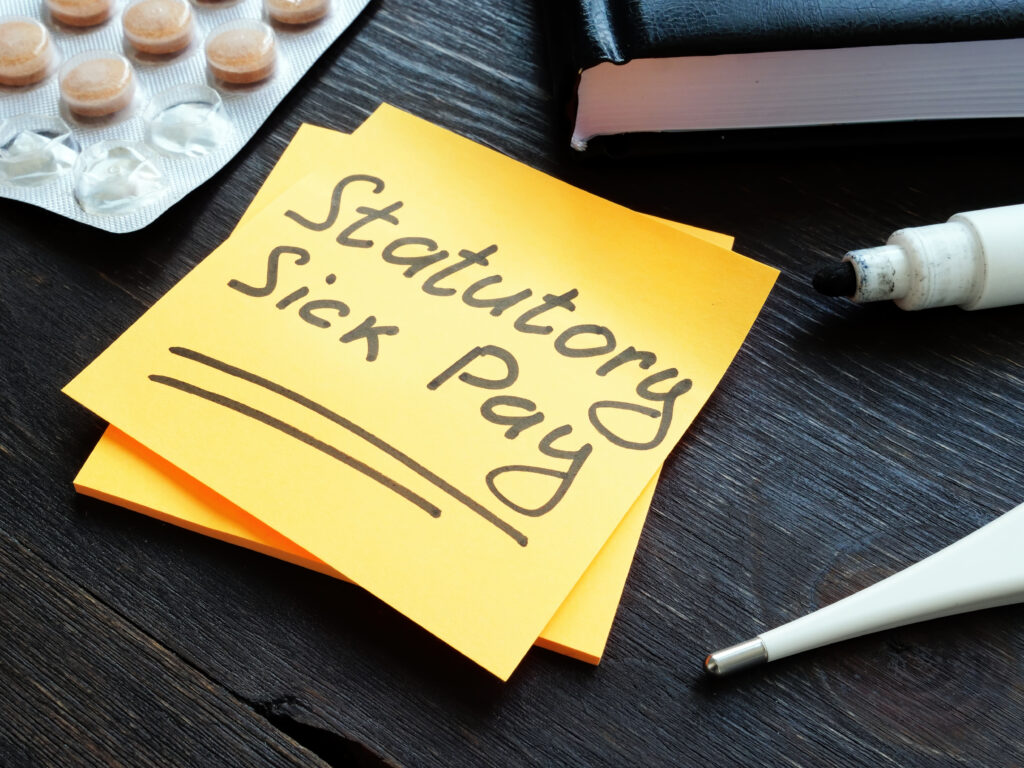The way millions of people file their Self-Assessment tax returns is about to change. From 6 April 2026, HMRC’s Making Tax Digital for Income Tax Self Assessment (MTD ITSA) rules will begin to take effect, starting with those who earn more than £50,000 from self-employment and/or property in a single tax year.
While many contractors operating through umbrella companies won’t be directly affected, anyone with additional self-employment income, rental properties, or side businesses needs to be aware of the changes — especially if their earnings take them over the income thresholds.
Who Will Be Affected and When
The Making Tax Digital Self Assessment rules will be introduced in phases:
-
From April 2026 – If your gross income from self-employment and/or property is over £50,000 a year, you must join MTD.
-
From April 2027 – The threshold drops to over £30,000.
-
From April 2028 – The threshold drops again to over £20,000.
HMRC has not set a date for including those earning less than £20,000, but this may be reviewed in future.
What’s Changing in Practice
Under the Making Tax Digital Self Assessment rules, the familiar single annual tax return will be replaced with a series of quarterly digital updates, plus a final year-end submission:
-
Keep digital records – You must use HMRC-approved software to record your business and/or property income and expenses.
-
Quarterly updates – Every three months you will submit a summary of your income and expenses through the software.
-
End of Period Statement – At the end of your accounting period, you finalise your figures.
-
Final Declaration – By 31 January after the tax year, you confirm all your income (including other sources such as employment, dividends, and pensions) and pay any tax due.
You will no longer be able to file through HMRC’s current online Self-Assessment portal — compatible software will be mandatory.
Quarterly Deadlines to Remember
The reporting quarters are fixed, regardless of your business year-end. For example, in the 2026/27 tax year:
-
6 April – 5 July → submit by 7 August
-
6 July – 5 October → submit by 7 November
-
6 October – 5 January → submit by 7 February
-
6 January – 5 April → submit by 7 May
Your Final Declaration remains due by 31 January following the end of the tax year.
Penalties for Missing Deadlines
The MTD penalty system is based on “points” rather than an immediate fine for each late submission. Each missed deadline earns you one point. If you reach the points threshold, you’ll be charged a £200 penalty.
The thresholds are:
-
Annual submissions – 2 points
-
Quarterly submissions – 4 points
-
Monthly submissions – 5 points
Once you’re at the threshold, every further missed deadline triggers another £200 penalty. Points can be reset by staying compliant for a period of time, but repeated lateness will be costly.
Preparing for MTD Now
Even if you’re not caught by the rules until April 2027 or April 2028, it makes sense to prepare early:
-
Check your income – HMRC will assess your eligibility based on your 2024/25 or 2025/26 tax returns and write to you if you are in scope.
-
Choose your software – Popular options include QuickBooks, Xero, Sage and FreeAgent. HMRC publishes a full list of compatible software providers.
-
Get into the habit – Start keeping digital records and preparing quarterly figures now. HMRC’s voluntary pilot scheme is already open to eligible taxpayers.
What This Means for Contractors Using Umbrella Companies
If you only work through an umbrella company and have no other taxable income outside PAYE, MTD ITSA will not affect you. However, if you also run a side business, work self-employed on the side, or have rental properties, you could be brought into scope.
Agencies and end clients may also see changes in how some contractors manage their finances, particularly those juggling umbrella work with other self-employment. Clear record-keeping will be essential to avoid unexpected penalties.
In summary – The Making Tax Digital Self Assessment rules are a major step towards digital tax reporting. By preparing early, choosing the right software, and getting into the routine of quarterly reporting, taxpayers can make the transition smooth — and avoid costly mistakes once the rules go live.
If you need tailored advice on how these changes could affect you — especially if you have both PAYE and self-employed income — contact Churchill Knight & Associates Limited for expert guidance and support.
Umbrella Companies | WhatsApp Channel
Sign up to the Umbrella Companies newsletter
